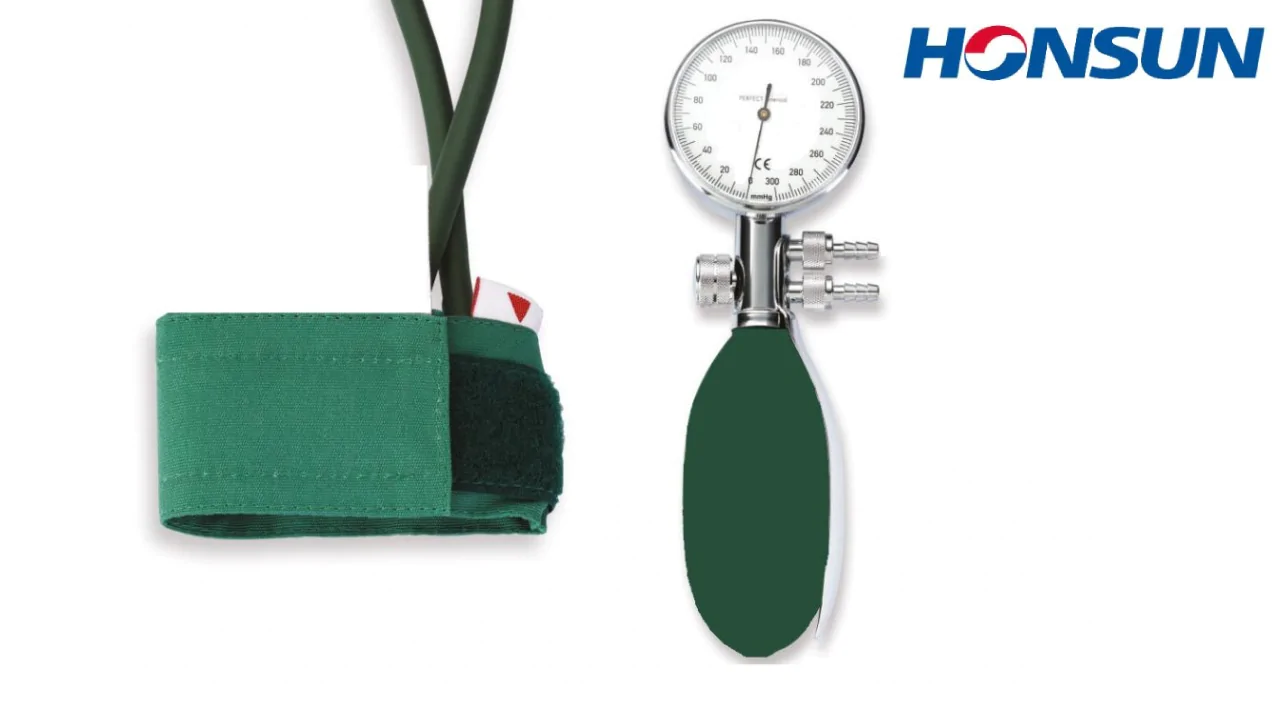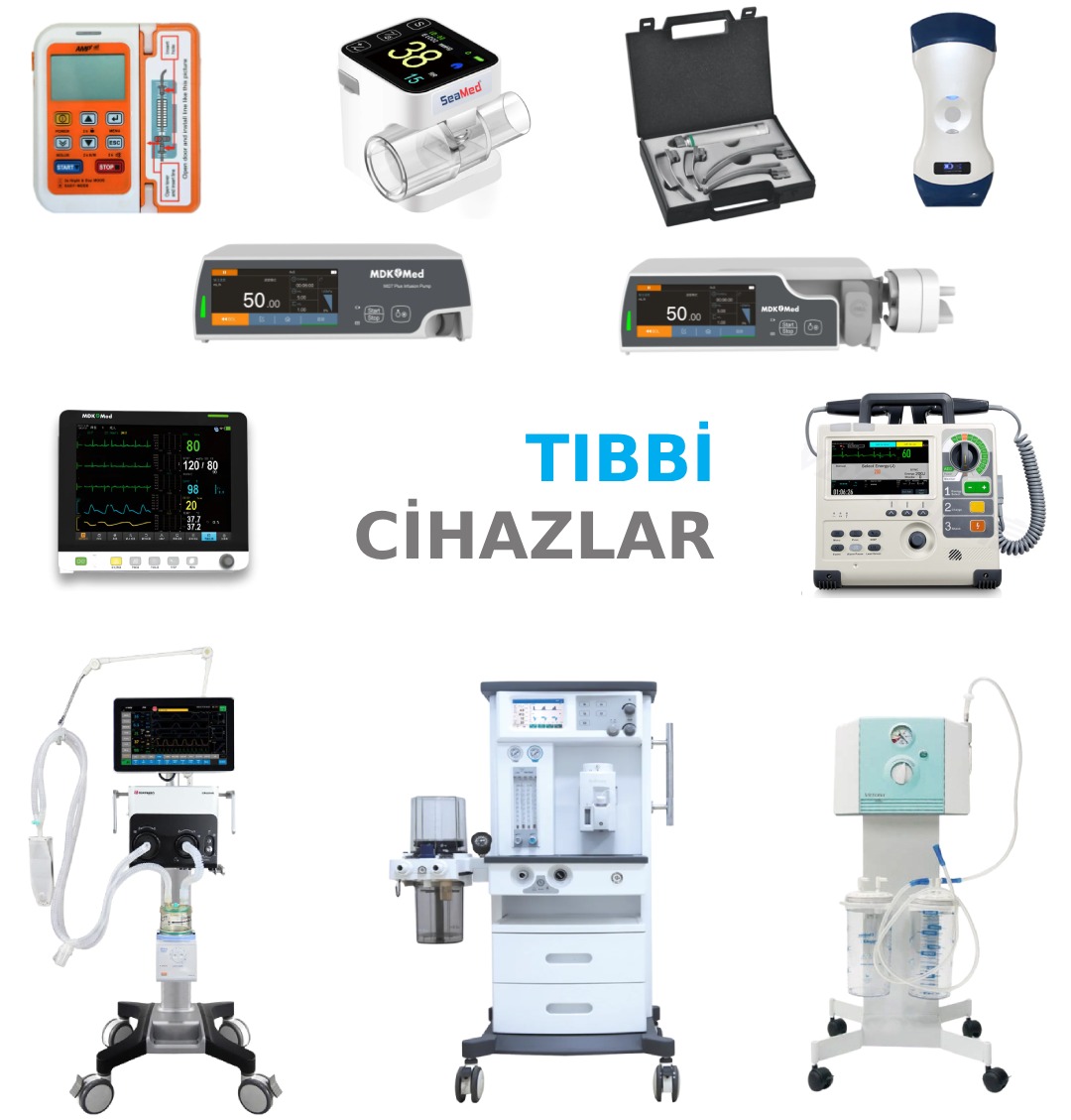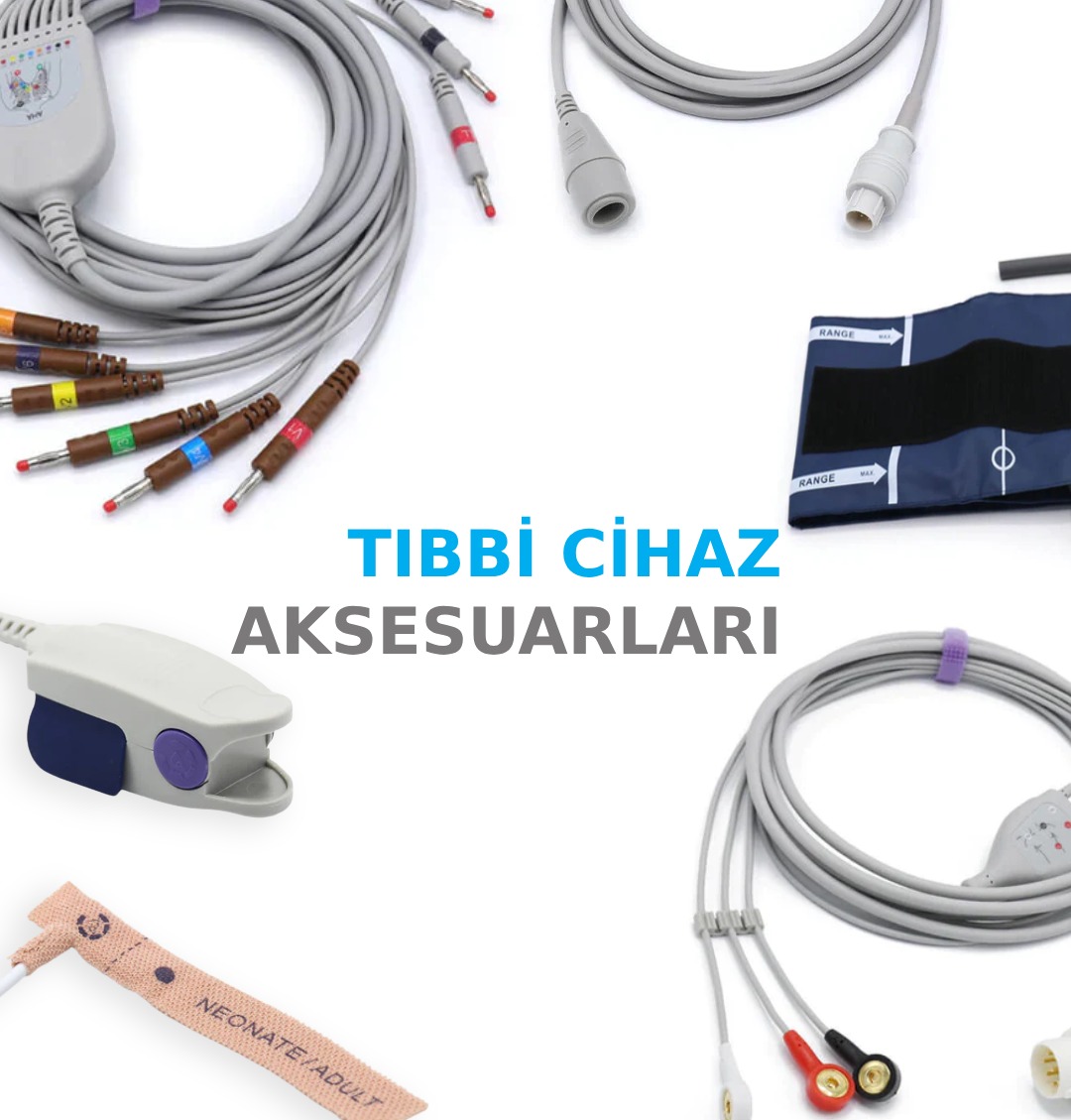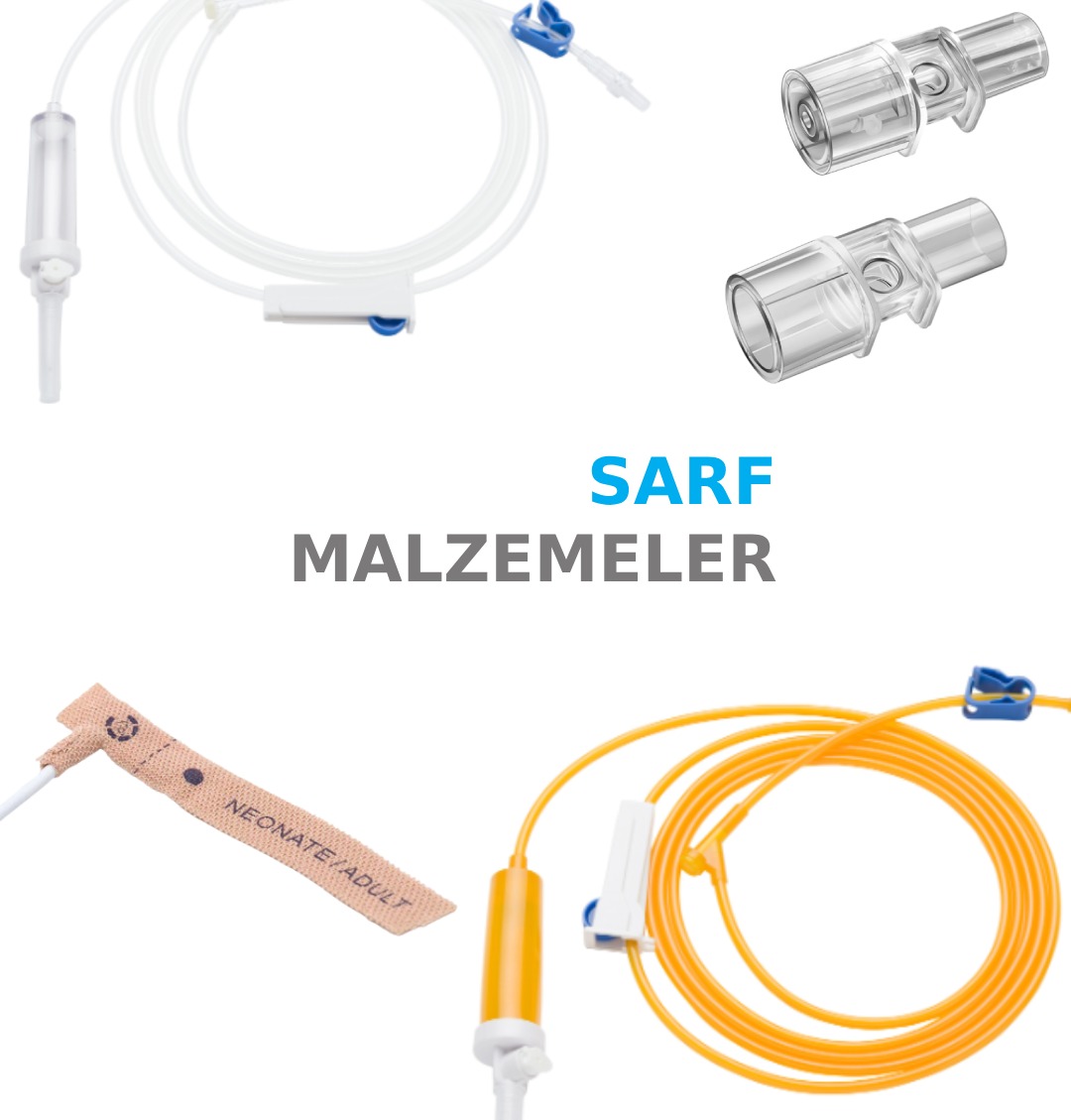
HONSUN PEDIATRIC BLOOD PRESSURE MONITOR
- Nickel plated and chrome plated manometer chamber
- 0-300 mmHg measurement scale
- Double tube technology
- Luer connector system
- Easily inflatable, flexible cuff axis
- Security, fixed air cock screw
- Chrome plated brass relief valve
- With carrying bag and accessories
- Suitable for pediatrics
Perfect Aneroid Blood Pressure Monitor is a medical device used to measure blood pressure. These devices are used to accurately measure systolic (high) and diastolic (low) values of blood pressure. Perfect Aneroid Blood Pressure Monitors stand out as portable and handheld and are widely used for blood pressure measurement in healthcare institutions, hospitals, clinics and at home.
Perfect Aneroid Blood Pressure Monitors consist of a manometer (pressure meter), a cuff and a stethoscope (headphone). A manometer is a measuring device used to read blood pressure values. It usually comes with a glass tube and an arrow. The cuff is wrapped around the upper arm and used to control air pressure. The stethoscope is placed over the artery and used to hear pulse sounds.
The working principle of Perfect Aneroid Blood Pressure Monitors is to measure blood pressure by inflating the cuff and then releasing the air in a controlled manner. When the cuff is wrapped around the arm, it is inflated and puts pressure on the artery. Then, as the air is slowly released, blood flow in the artery restarts and pulse sounds are heard. Blood pressure values are determined by reading the arrow on the manometer together with the pulse sounds.
Perfect Aneroid Blood Pressure Monitors are used to measure and monitor blood pressure. It plays an important role in diagnosing and monitoring blood pressure-related health problems such as hypertension (high blood pressure) and hypotension (low blood pressure). It is also used by healthcare professionals during routine examinations and medical evaluations.
Some medical-technical terms related to Perfect Aneroid Blood Pressure Monitors are as follows: "Systolic Pressure" is the maximum pressure applied by the heart to the artery wall during the contraction phase. "Diastolic Pressure" is the minimum pressure applied by the heart to the artery wall during the relaxation phase. "Hypertension" is a state of persistently high blood pressure. "Hypotension" is a state of persistently low blood pressure.



